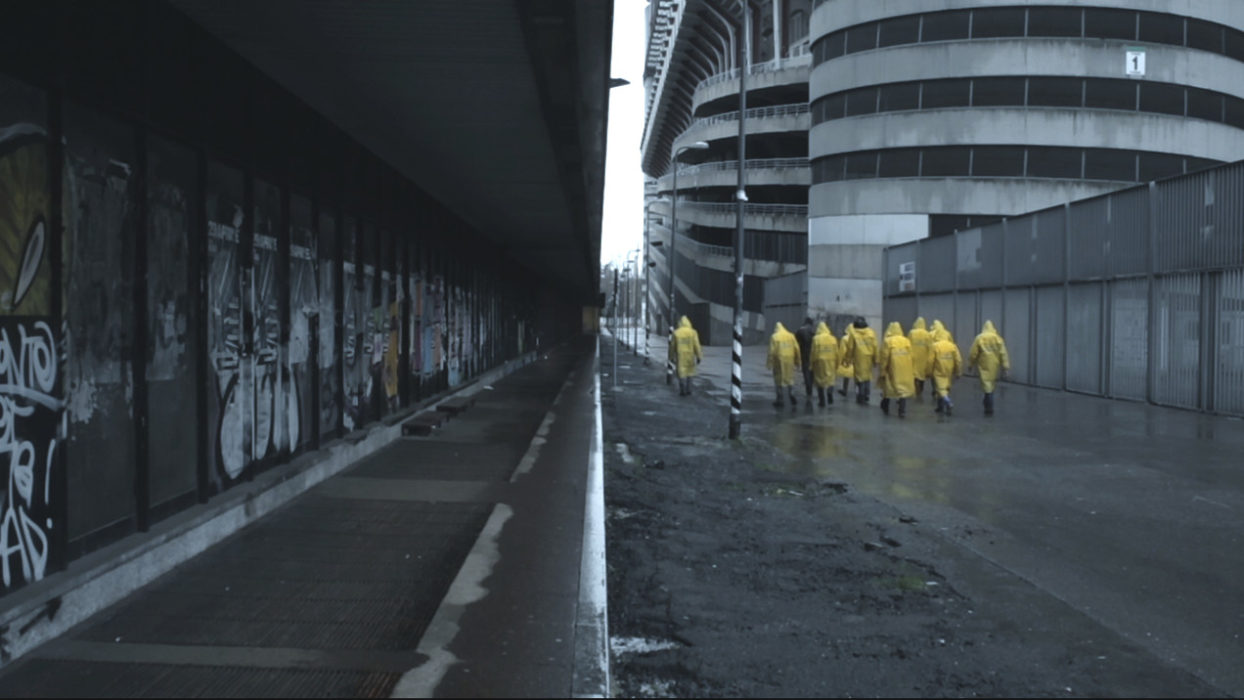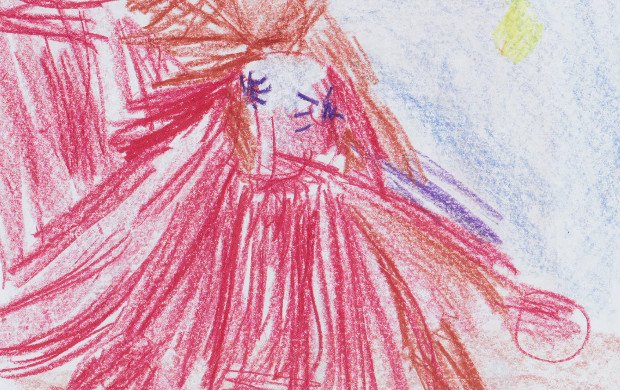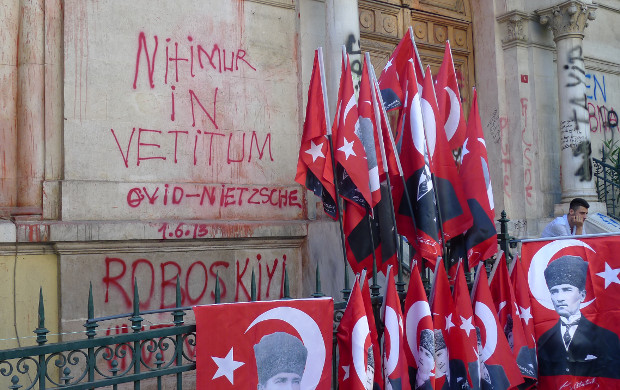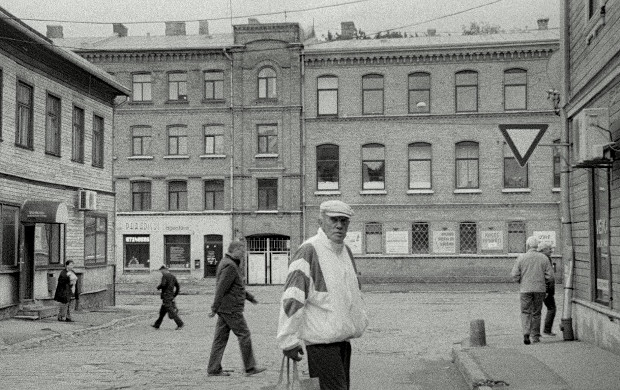San Siro
- 2014
- Italy
- 26 minutes
- No dialogue
SPECIAL MENTION INMATES AWARD
It all begins like a strange ballet that, with the framing and deliberately muffled sound, takes on the air of a science fiction: a man walks along carrying a crowbar, soon a dozen silhouettes in yellow oilskins emerge from the gloom to pull a tangle of cables out of the asphalt. The wide screen emphasises the complex geometry of the tasks, which immediately seem like some ritual gesture. The coiled cables and the pulley wheels on the football stadium scaffolding echo one another—an interplay heightened by the gyratory movement of supporters circling up the floors. Yet, dramaturgy has already taken over from composition, and the wide-angle shots reminiscent of Andreas Gursky’s photography open up a carefully controlled narrative. The toilets are searched, the opening of doors is timed and cameras and monitors switched on to immortalise the approaching great event. And still the circle: that of the electric plugs, the test screen pattern and, in parallel, the headphones insulating the players in a muffled concentration. The gods of the stadium can make their entrance—if the French title of Leni Riefenstahl’s documentary on the 1936 Olympic Games leaps to mind, this is because the protocol reconstructed by San Siro has something glacial in its ultra-smooth preparation. Is it a sports event in rehearsal or the programmed tropism of workers and consumers towards a small and over-valued group? (Charlotte Garson)
- Distribution : Lorenzo Senni
- Editing : Yuri Ancarani
- Sound : Mirco Mencacci
- Photography : Yuri Ancarani
- Production / Print source : Studio Ancarani






